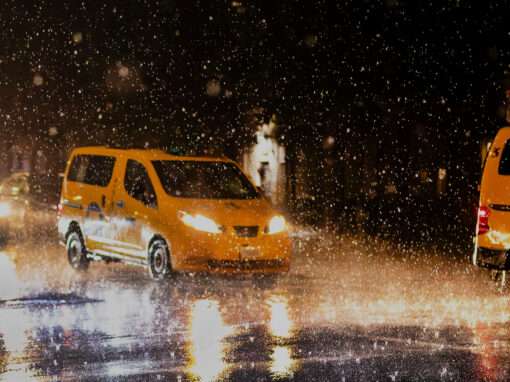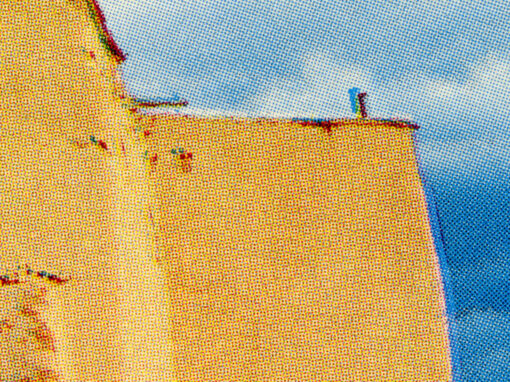The use of color is a tricky subject for photographers.
I’m not talking about color versus black and white or taking images of colorful subjects. I’m talking about saturation and vibrancy. I’m talking about muted presentations or trumpets blaring triple forte. We talk about the elements of composition, leading lines and leading colors as well, and we talk about shade and tone. But, in general, loud colors and over saturated images tend to be avoided.
So, of course, someone takes exactly the opposite approach and does it very well.
“Colorist” by Robert A. Flischel
Published by RAF Press, 2021
review by W. Scott Olsen
Colorist, a collection of images by Robert A. Flischel, is a loud book. I don’t mean violence, or the avant-garde, or questions of taste. I’m talking loud in its use of color. This book pops. This book leaps off of nearly every page simply with the volume of its presentation.
Let’s begin with the cover. A woman in a pink house-dress holds a green watering can outside what appears to be the back door of her home. The green of the grass, of the door, of the window trim, of an awning over a stairwell into the basement, of the lawn chairs is strong. The yellows of the flowers, of a type of doormat, of the arms of the chairs all leap. The pink of her dress, if this were music, would be marked Fortepiano.
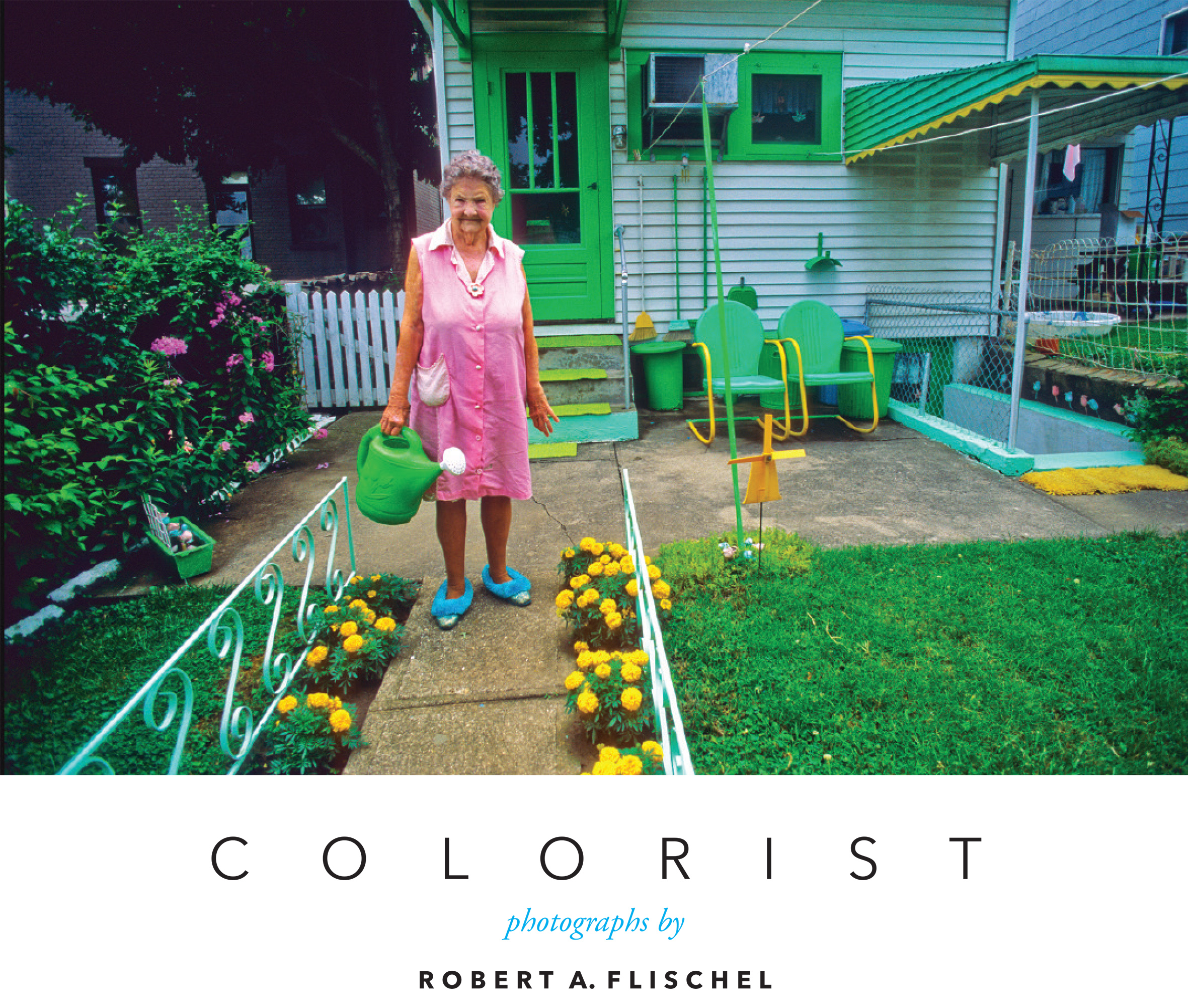
Color has as much thematic depth in understanding culture as anything else. So while this is not a particularly poignant or disturbing or insightful image of the psychology of a woman in her garden, it is an insightful presentation of a different element of her universe.
In an introduction to the book by Linda Ellis we read, “The essence of Robert Flischel’s photography is color depicted in light and time in a contained format.” And, according to the introduction, Flischel uses a film camera. Film users, debating between various brands, are all about color and tone.
There is a picture called Jazz Concert from the Cincinnati Workhouse in July of 1977. We see a saxophone, a right-side profile of the midsection of a man in a yellow outfit with a white vest, a cigarette in his hand as he plays. But, frankly, this image has nothing to do with jazz. A more appropriate title would be Study in the Shades of Yellow. It’s engaging as the eye moves from the gloss of the horn to the mute of the trousers. The counterpoint of the man’s arms, the darkness of his arms against the white vest and the white cigarette, another horn in the distance on the far right, the circular shape of a bass drum in the lower left, all make this image mesmerizing, not because of saxophones or jazz, but because of the way the shades of yellow mix and interplay and provide transitions in hue.

Likewise, on the facing page, there is a picture called Pickin from Ripley OH in September of 1983. This one, too, is a study in shades of yellow. In this image there are two guitar players and a banjo player sitting on the steps to a porch in front of a front door. Again, this image has very little to do at all with music, which is not to say music is not part of its message. It’s simply secondary to the joy of light and color.
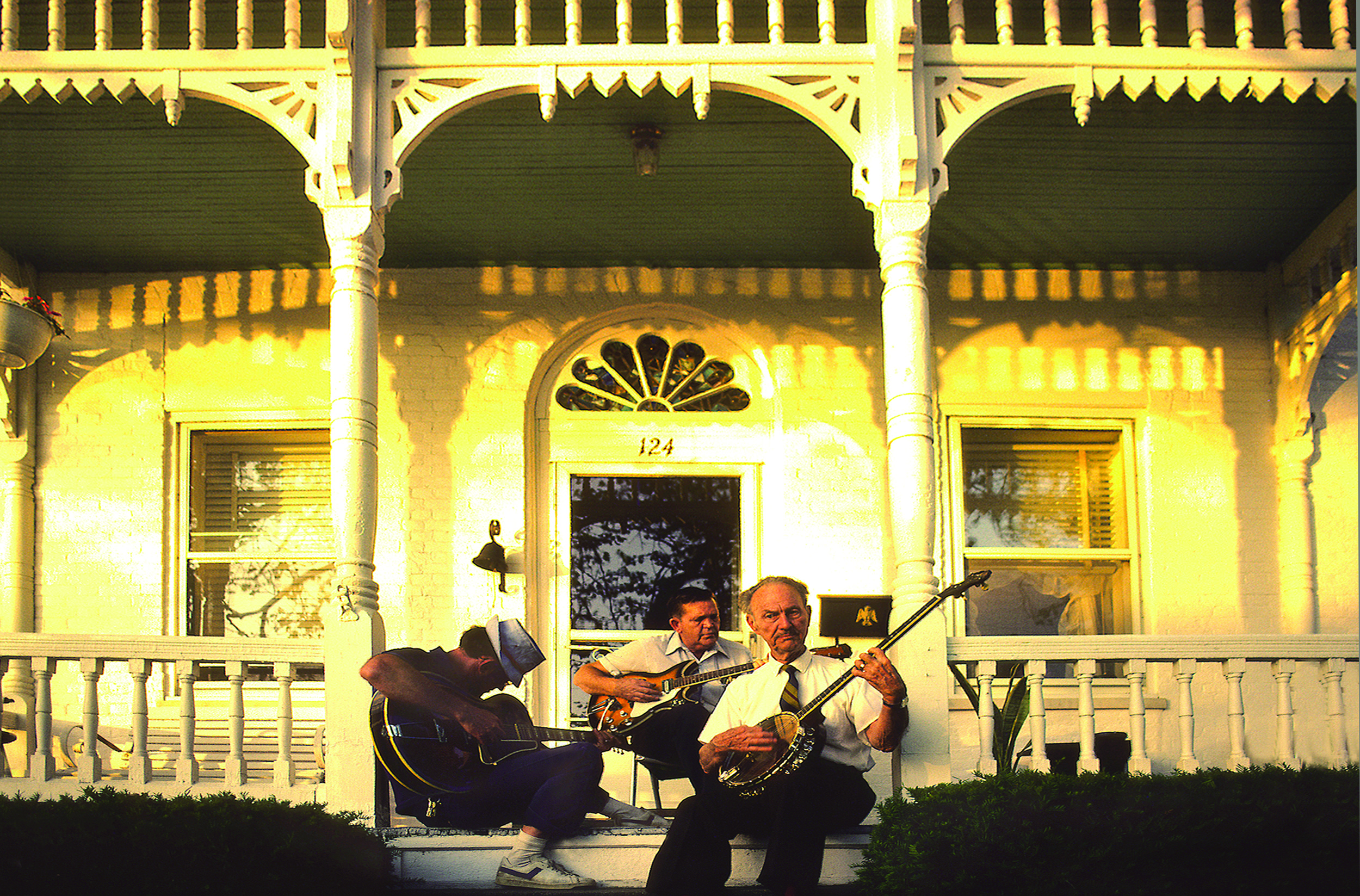
Don’t get me wrong. Flischel is quite good with his portraits in the more traditional sense. His portraits can be deep dives into the character of his subjects. The very best of them are portraits that cause you to linger over the image and wonder about the narrative of these people’s back story. For example, a young man at the Brown County fair in Georgetown, OH, and a somewhat older man at an ice cream stand in Portsmouth, OH, face each other across the book’s center. Both men wear Confederate flags, one as a belt buckle and one as a tattoo. The younger man’s hat reads, “Take this job and shove it. The older man’s t-shirt reads, “Sons of Anarchy.” The rebellion and subtle anger present in both images are strong and disturbing.
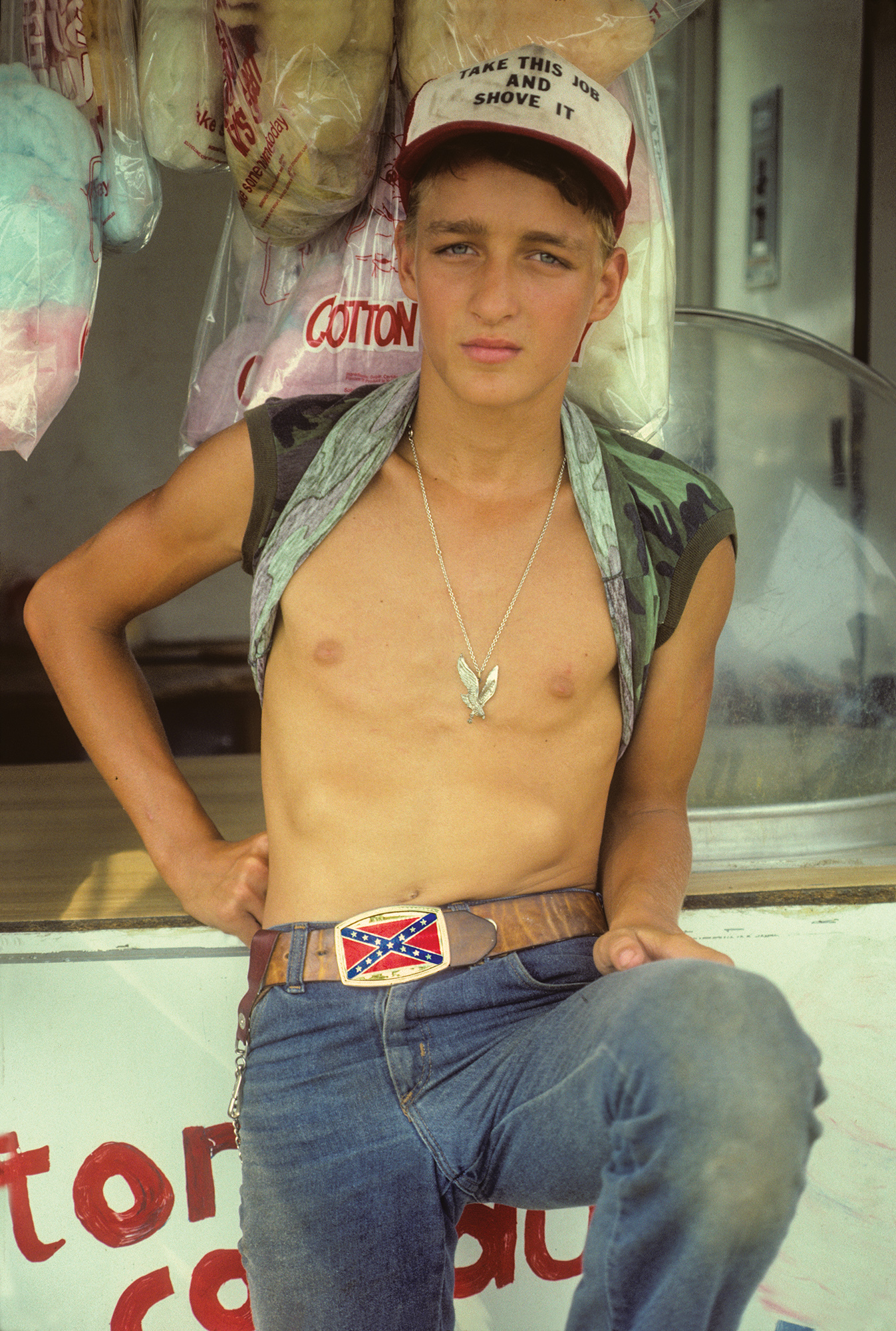
One of my favorite images in the book, something Edward Hopper would be proud of, is called Town Council Meeting from Rendville, Ohio, in September of 1983. The image is of an old, dilapidated schoolhouse, worn exterior paint, different colors for the first floor and second, photographed at night. A yellow light above the front door illuminates the siding as well as a sleeping dog. Warm yellows from the interior lights people having what we’re told is a meeting. The rest of the image is a study in the dark tones, the blues and reds and grays of an evening shot. The small bell tower on top of the roof is just a silhouette. In such a dilapidated setting, at night, issues of state are being discussed. It’s a wonderful image, provocative in content and use of color.

In Colorist there are images of atrocious wallpaper, brightly colored roses or other floral designs. There are images of flowers and horses and saddles, toppled steeples and removed cupolas. There’s an image of a glass jar where a physician has been collecting tonsils. There is a collection of bright red candy apples coated with crushed pecans.
Colorist is not a subtle book. While it certainly has nuances and shades of meaning, these images boast of their visual presence and they are all about color – the emotions of color, the moods of color, our sometimes acceptance and sometimes pulling away from saturation and force.

Flischel is a founding trustee of Radio Reading Service, which assists the visually impaired, and he served on the board of the regional chapter of the American Society of Media Photographers. He is President Emeritus of the Art League of Cincinnati. His images have appeared in Life magazine, Time, Audubon, Newsweek, Smithsonian and Smithsonian Air and Space.
Colorist does not have a narrative arc. It is not an expose of the artist or a cultural movement. It is neither biography nor ethnography. It is aesthetic. Every image is a statement and argument, looking for the borders of presentation, the strength and volume of color. None of them, not even one, strays over into the garish. Some images, such as Sunlight Pool from California, Ohio, June 1984, which depicts pool chairs and umbrellas on a misty morning, manage to be both soft and diffused and yet vibrant and loud at the same time.
In this way, Colorist is an engaging and fun book. You can open to any page and be struck.
You can order the book here.
FRAMES readers can order the book for $30, 25% off the regular price of $40.

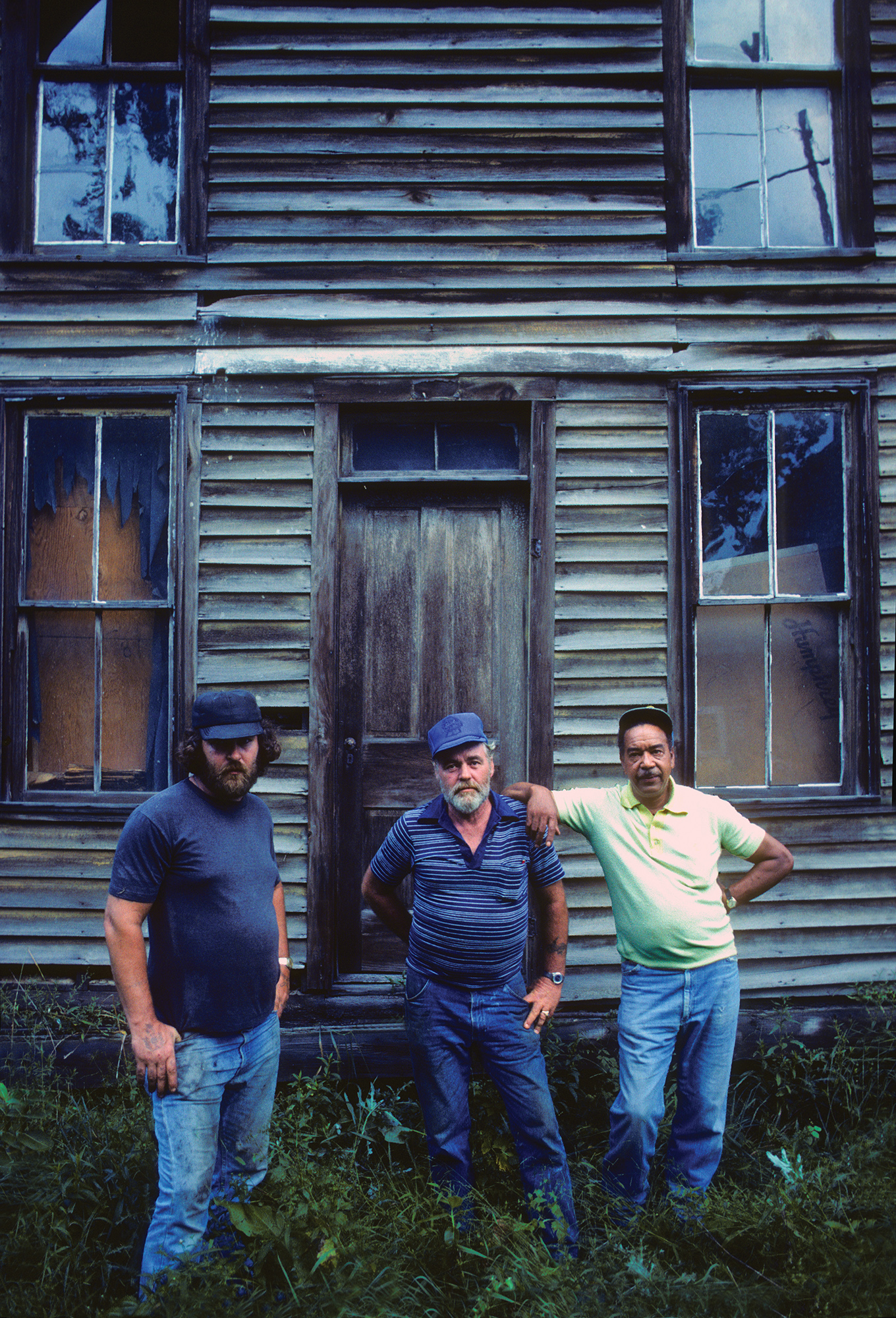

A note from FRAMES: if you have a forthcoming or recently published book of photography, please let us know.



